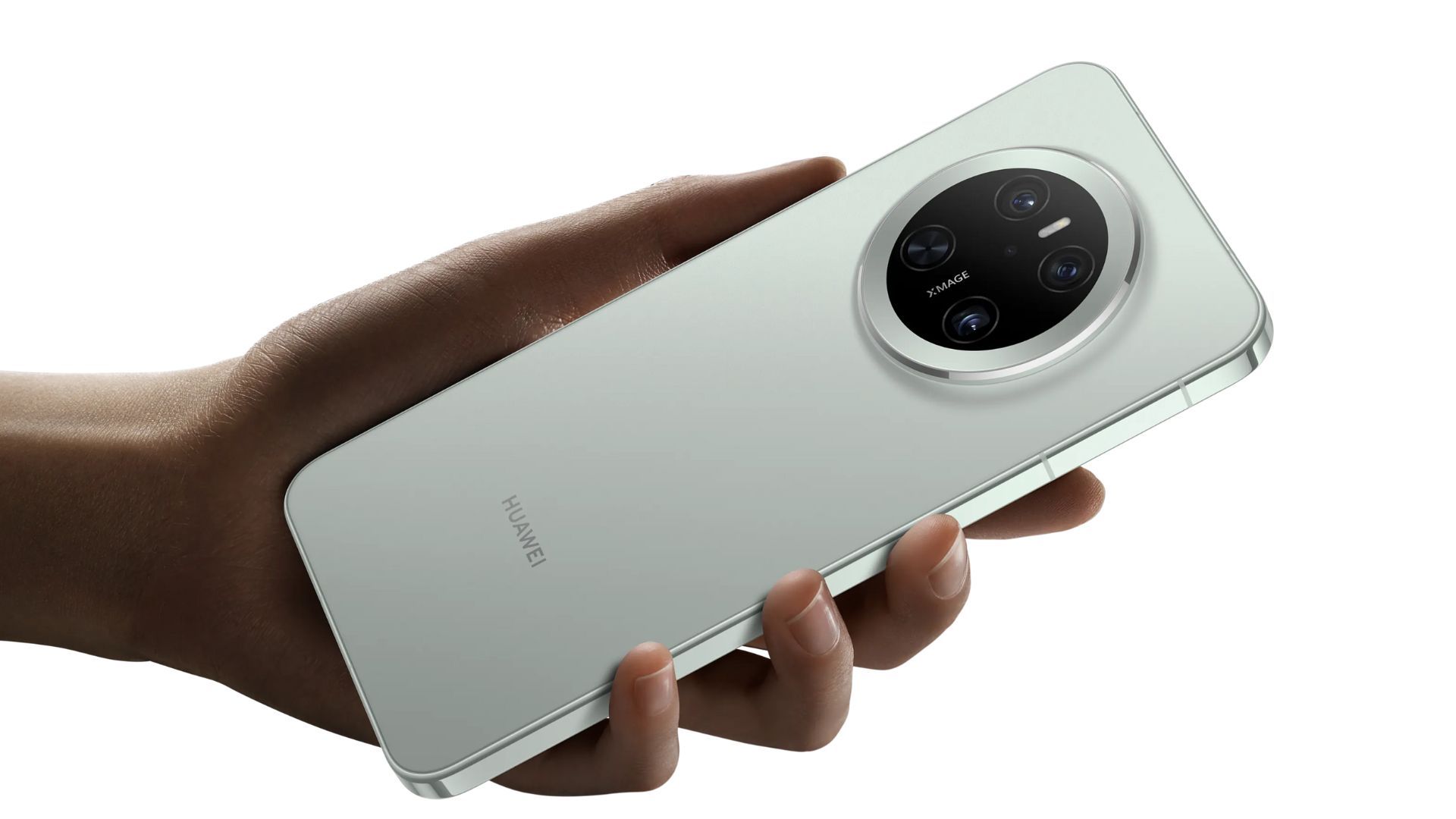Huawei initially revealed HarmonyOS in 2019 amid escalating trade tensions between the US and China. That iteration of HarmonyOS was built on AOSP and could run ported Android apps. The new HarmonyOS Next, meanwhile, is built only to run native HarmonyOS apps, and doesn’t include any code from AOSP. The Mate 70 series will apparently let users choose between the legacy HarmonyOS and the new HarmonyOS Next. The Next version currently supports about 15,000 apps; Huawei says it’s targeting 100,000 native HarmonyOS apps in 2025.
The Mate 70.
According to Reuters, “at least some” Mate 70 models will ship with Huawei’s high-end in-house Kirin 9100 chipset. Reuters reports that the Mate 70 series will start at 5,499 yuan (about $758), undercutting the iPhone 16’s Chinese-market starting price of 5,999 yuan. The Mate 70 Pro will start at 6,499 yuan; the Mate 70 Pro+ will start at 8,499 yuan.
Smartphone software could use more competition
Huawei’s move away from Android stems from trade policy that restricts American companies from doing business with the Chinese firm, but it could end up benefitting mobile tech on the whole. Under most circumstances, it’s hard for alternatives to the established players (Android and iOS) to gain a foothold. But the unique situation Huawei finds itself in could give HarmonyOS Next a real boost: Reutrers reports that Counterpoint expects Mate 70 phone shipments to top 10 million.
Huawei hasn’t announced international plans for the Mate 70 series, and it certainly won’t see a US retail release. But assuming HarmonyOS Next devices make their way to markets outside China eventually, Google will be forced to compete directly with Huawei’s OS — and more competition is never a bad thing.





